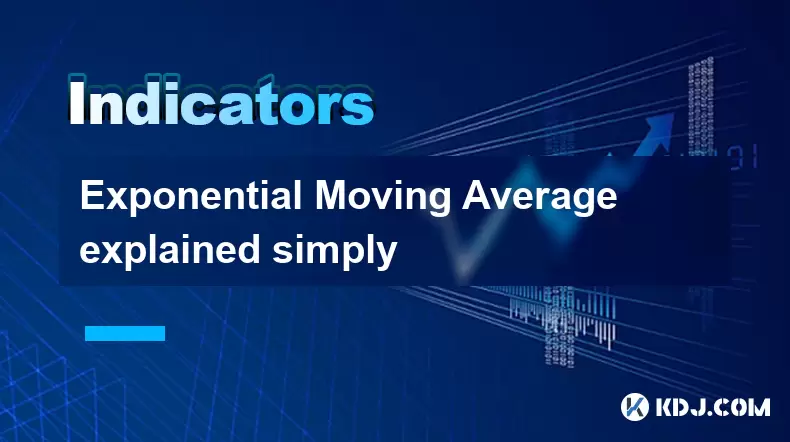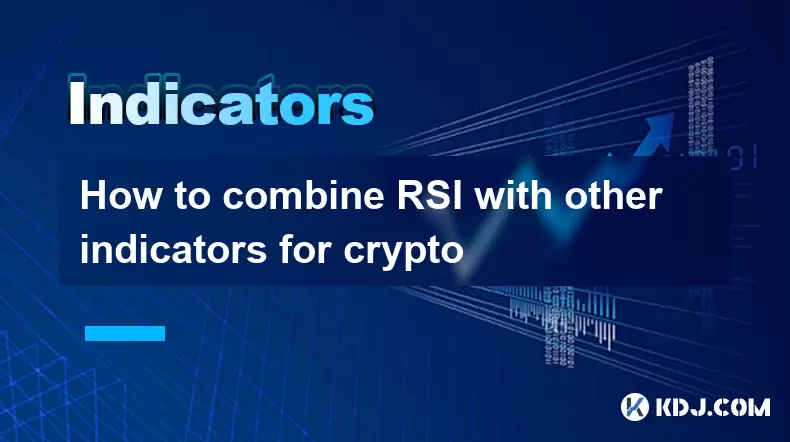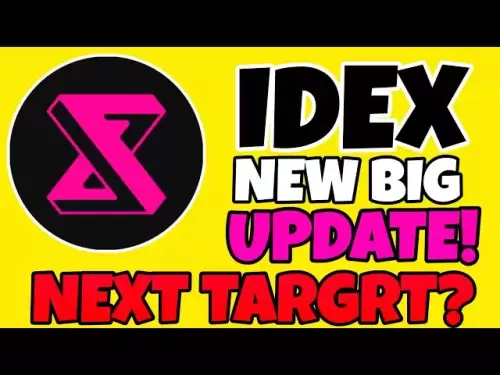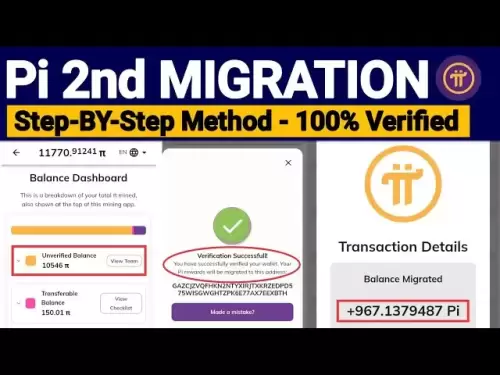-
 Bitcoin
Bitcoin $118,929.2549
1.28% -
 Ethereum
Ethereum $2,997.9009
1.93% -
 XRP
XRP $2.8713
4.75% -
 Tether USDt
Tether USDt $1.0004
0.00% -
 BNB
BNB $691.4918
0.76% -
 Solana
Solana $163.0406
1.63% -
 USDC
USDC $0.9999
0.00% -
 Dogecoin
Dogecoin $0.2018
2.07% -
 TRON
TRON $0.3048
1.49% -
 Cardano
Cardano $0.7480
5.80% -
 Hyperliquid
Hyperliquid $48.9191
5.74% -
 Stellar
Stellar $0.4770
23.33% -
 Sui
Sui $3.5123
3.51% -
 Chainlink
Chainlink $15.8794
5.57% -
 Hedera
Hedera $0.2450
24.69% -
 Bitcoin Cash
Bitcoin Cash $508.5023
-0.23% -
 Avalanche
Avalanche $21.5613
3.87% -
 UNUS SED LEO
UNUS SED LEO $9.0354
-0.56% -
 Shiba Inu
Shiba Inu $0.0...01342
1.60% -
 Toncoin
Toncoin $2.9916
0.75% -
 Litecoin
Litecoin $96.4502
4.22% -
 Polkadot
Polkadot $4.0449
3.62% -
 Monero
Monero $340.4631
3.33% -
 Uniswap
Uniswap $8.6721
3.60% -
 Dai
Dai $0.9999
0.00% -
 Ethena USDe
Ethena USDe $1.0007
0.02% -
 Pepe
Pepe $0.0...01253
2.56% -
 Bitget Token
Bitget Token $4.3906
0.61% -
 Aave
Aave $312.7918
4.21% -
 Bittensor
Bittensor $399.0553
3.72%
Exponential Moving Average explained simply
The Exponential Moving Average (EMA) gives more weight to recent prices, helping traders spot trends quickly in volatile markets like crypto.
Jul 13, 2025 at 09:22 pm

What Is the Exponential Moving Average (EMA)?
The Exponential Moving Average (EMA) is a type of moving average used in technical analysis that gives more weight to recent price data. Unlike the Simple Moving Average (SMA), which assigns equal weight to all values within a specified time period, the EMA emphasizes the most recent prices, making it more responsive to new information.
This responsiveness makes EMA particularly useful for traders who want to capture early signals of trend changes. It's commonly used across various financial markets, including stocks and cryptocurrencies.
How Does EMA Differ From SMA?
While both EMA and SMA are used to smooth out price data over time, the key difference lies in how they weigh the data points. The Simple Moving Average treats each day’s closing price equally, whereas the Exponential Moving Average applies weighting multipliers to give higher importance to newer prices.
For example, in a 10-day EMA, the most recent closing price will have a higher impact on the average than the price from 10 days ago. This means EMA reacts faster to price changes, which can be crucial in fast-moving markets like cryptocurrency.
Why Traders Prefer EMA in Crypto Markets
Cryptocurrency markets are known for their high volatility and rapid price movements. In such environments, using tools that respond quickly to new data is essential. Because EMA reacts faster to price changes, it helps traders identify trends earlier than they would with an SMA.
Many crypto traders use multiple EMAs together — such as the 9-day, 21-day, and 55-day EMA — to spot crossovers and confirm trend directions. These combinations allow for better decision-making when entering or exiting positions.
How to Calculate the Exponential Moving Average
To calculate the EMA, you need to follow these steps:
- Start by calculating the Simple Moving Average (SMA) for the first period.
- Determine the weighting multiplier, which is calculated using the formula:
2 / (selected time period + 1) - Apply this multiplier to the most recent price, then add the result to the previous EMA value multiplied by (1 - weighting multiplier)
This recursive calculation ensures that older data gradually loses influence while newer data becomes more impactful. For instance, if you're calculating a 10-day EMA, the multiplier will be 2 / (10 + 1) = 0.1818, and each subsequent EMA value builds upon the prior one.
Using EMA for Entry and Exit Signals
One of the most common strategies involving EMA is the EMA crossover strategy. Traders monitor two EMAs — one short-term and one long-term — and look for crossovers to determine buy or sell signals.
- When the shorter EMA crosses above the longer EMA, it may signal a potential uptrend, suggesting a buying opportunity.
- Conversely, when the shorter EMA crosses below the longer EMA, it could indicate a downtrend, prompting a sell signal.
In crypto trading, popular combinations include the 5-day and 20-day EMA or the 12-day and 26-day EMA. These setups help filter out market noise and provide clearer signals.
How to Set Up EMA on Trading Platforms
Most modern trading platforms, including Binance, TradingView, and Coinbase Pro, offer built-in EMA indicators that can be easily added to charts.
Here’s how to set up EMA on a typical charting platform:
- Open your preferred charting tool and select the asset you want to analyze.
- Look for the "Indicators" or "Studies" menu.
- Search for "Exponential Moving Average" and add it to the chart.
- Customize the settings by selecting the desired time period (e.g., 9, 21, 50).
- You can also change the color and thickness of the EMA line for better visibility.
Some platforms allow adding multiple EMAs simultaneously, which is especially helpful when using crossover strategies.
Frequently Asked Questions
Q: Can EMA be used alone for trading decisions?
A: While EMA is a powerful tool, relying solely on it can lead to false signals, especially in choppy or sideways markets. It's best used alongside other indicators like RSI or MACD for confirmation.
Q: Which EMA periods are best suited for crypto trading?
A: Short-term traders often use 9-day and 21-day EMAs, while long-term investors prefer 50-day and 200-day EMAs. However, optimal periods can vary depending on the asset and market conditions.
Q: How does EMA handle sudden price spikes in crypto?
A: Since EMA gives more weight to recent prices, it can react strongly to sudden spikes. This sensitivity can sometimes result in premature signals, so it's important to assess volume and context before acting.
Q: Is EMA suitable for all types of cryptocurrencies?
A: Yes, EMA can be applied to any cryptocurrency chart. However, its effectiveness may vary depending on the asset's liquidity and volatility. Major coins like Bitcoin and Ethereum typically yield more reliable EMA signals due to higher trading volumes.
Disclaimer:info@kdj.com
The information provided is not trading advice. kdj.com does not assume any responsibility for any investments made based on the information provided in this article. Cryptocurrencies are highly volatile and it is highly recommended that you invest with caution after thorough research!
If you believe that the content used on this website infringes your copyright, please contact us immediately (info@kdj.com) and we will delete it promptly.
- AI Predicts XLM Price Surge: Will Stellar Reach New Heights?
- 2025-07-14 02:50:16
- Kate Middleton, Wimbledon, and a Brave Young Cancer Patient: A Royal Day at the Championships
- 2025-07-14 02:30:16
- Memecoin Mania: Pump.fun's $600 Million Blitz – What's the Deal?
- 2025-07-14 02:30:16
- Crypto Acquisitions Heat Up: OpenSea, PumpFun, and the NFT Revolution
- 2025-07-14 02:50:16
- MicroStrategy, Bitcoin, and Buying the Dip: What's the Resume?
- 2025-07-14 02:55:16
- Pi Network Price Prediction: Navigating the Cryptocurrency Hype
- 2025-07-14 02:55:16
Related knowledge

Advanced RSI strategies for crypto
Jul 13,2025 at 11:01am
Understanding the Basics of RSI in Cryptocurrency TradingThe Relative Strength Index (RSI) is a momentum oscillator used to measure the speed and chan...

Crypto RSI for day trading
Jul 12,2025 at 11:14am
Understanding RSI in the Context of Cryptocurrency TradingThe Relative Strength Index (RSI) is a momentum oscillator used to measure the speed and cha...

Crypto RSI for scalping
Jul 12,2025 at 11:00pm
Understanding RSI in the Context of Crypto TradingThe Relative Strength Index (RSI) is a momentum oscillator widely used by traders to measure the spe...

What does an RSI of 70 mean in crypto
Jul 13,2025 at 06:07pm
Understanding the RSI Indicator in Cryptocurrency TradingThe Relative Strength Index (RSI) is a widely used technical analysis tool that helps traders...

How to avoid RSI false signals in crypto
Jul 13,2025 at 06:21pm
Understanding RSI and Its Role in Crypto TradingThe Relative Strength Index (RSI) is a momentum oscillator used to measure the speed and change of pri...

How to combine RSI with other indicators for crypto
Jul 12,2025 at 08:35am
Understanding the Role of RSI in Crypto TradingThe Relative Strength Index (RSI) is a momentum oscillator that measures the speed and change of price ...

Advanced RSI strategies for crypto
Jul 13,2025 at 11:01am
Understanding the Basics of RSI in Cryptocurrency TradingThe Relative Strength Index (RSI) is a momentum oscillator used to measure the speed and chan...

Crypto RSI for day trading
Jul 12,2025 at 11:14am
Understanding RSI in the Context of Cryptocurrency TradingThe Relative Strength Index (RSI) is a momentum oscillator used to measure the speed and cha...

Crypto RSI for scalping
Jul 12,2025 at 11:00pm
Understanding RSI in the Context of Crypto TradingThe Relative Strength Index (RSI) is a momentum oscillator widely used by traders to measure the spe...

What does an RSI of 70 mean in crypto
Jul 13,2025 at 06:07pm
Understanding the RSI Indicator in Cryptocurrency TradingThe Relative Strength Index (RSI) is a widely used technical analysis tool that helps traders...

How to avoid RSI false signals in crypto
Jul 13,2025 at 06:21pm
Understanding RSI and Its Role in Crypto TradingThe Relative Strength Index (RSI) is a momentum oscillator used to measure the speed and change of pri...

How to combine RSI with other indicators for crypto
Jul 12,2025 at 08:35am
Understanding the Role of RSI in Crypto TradingThe Relative Strength Index (RSI) is a momentum oscillator that measures the speed and change of price ...
See all articles























































































